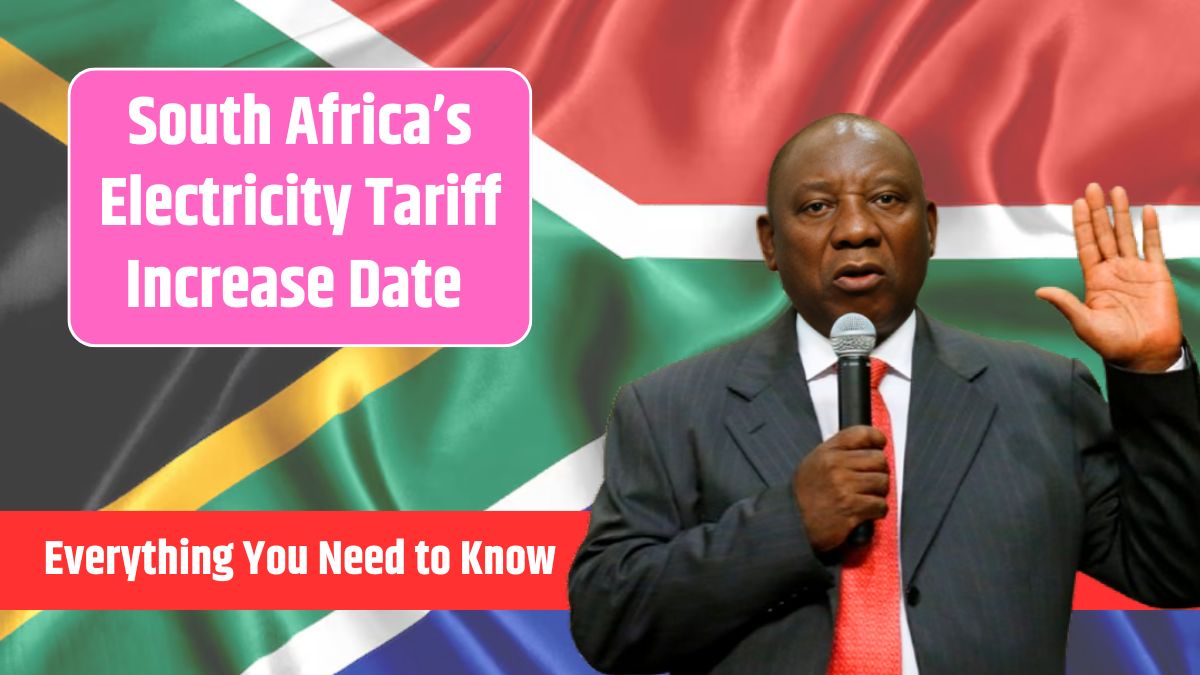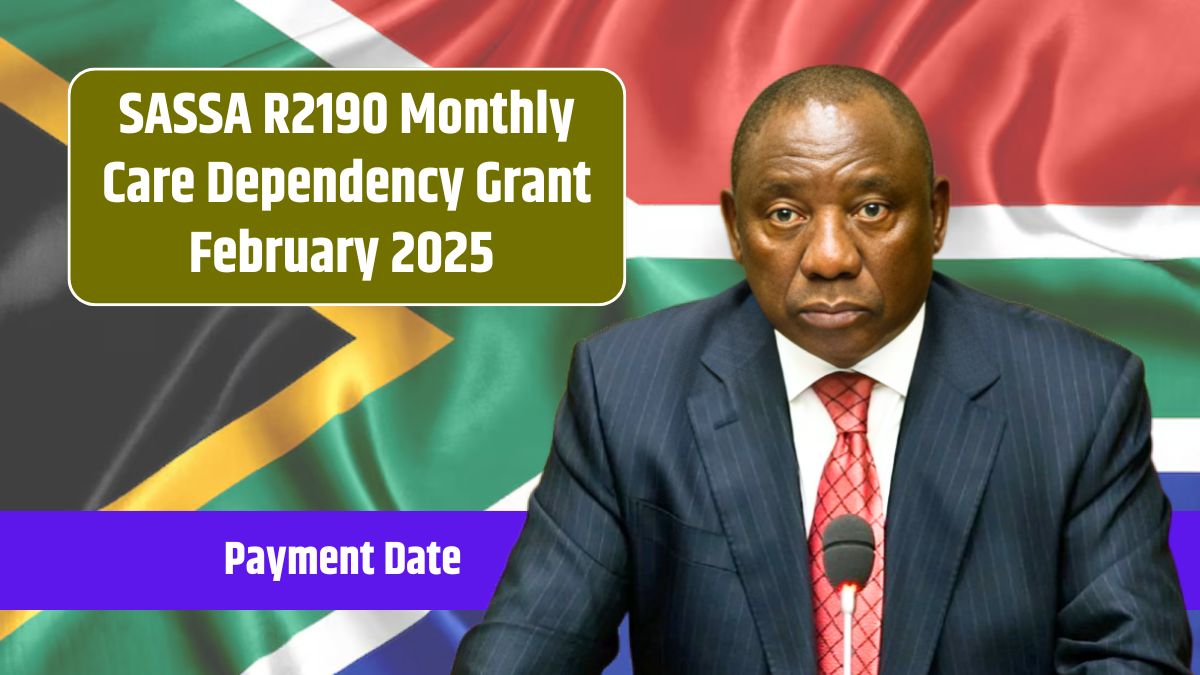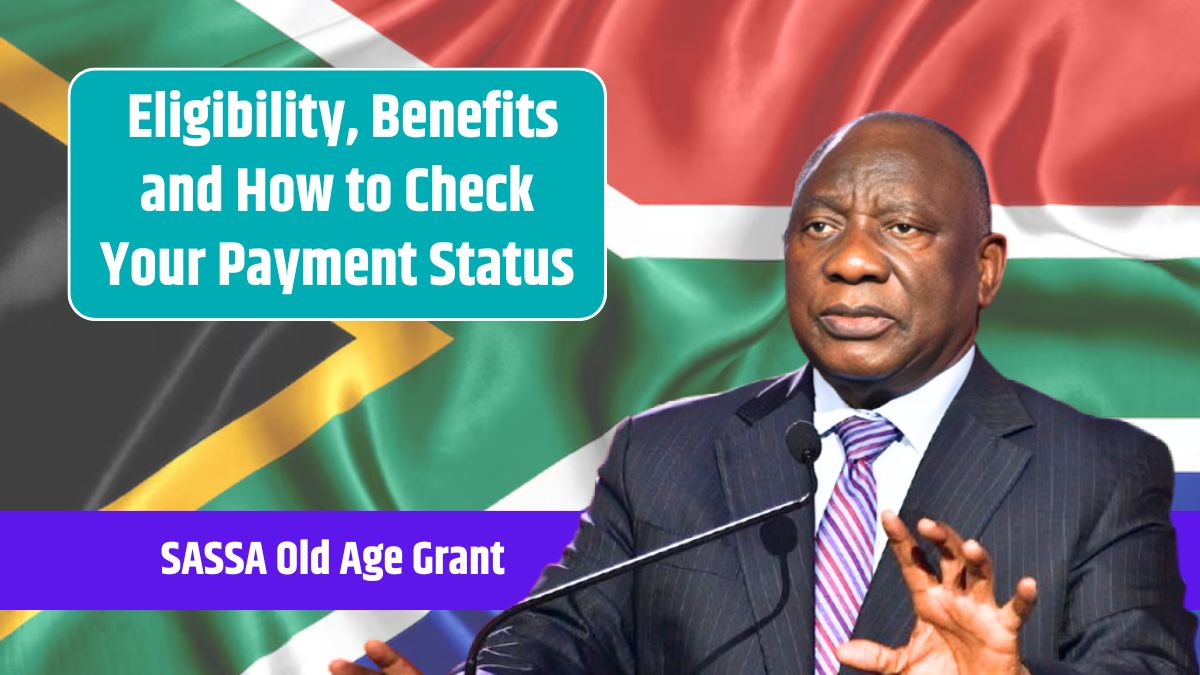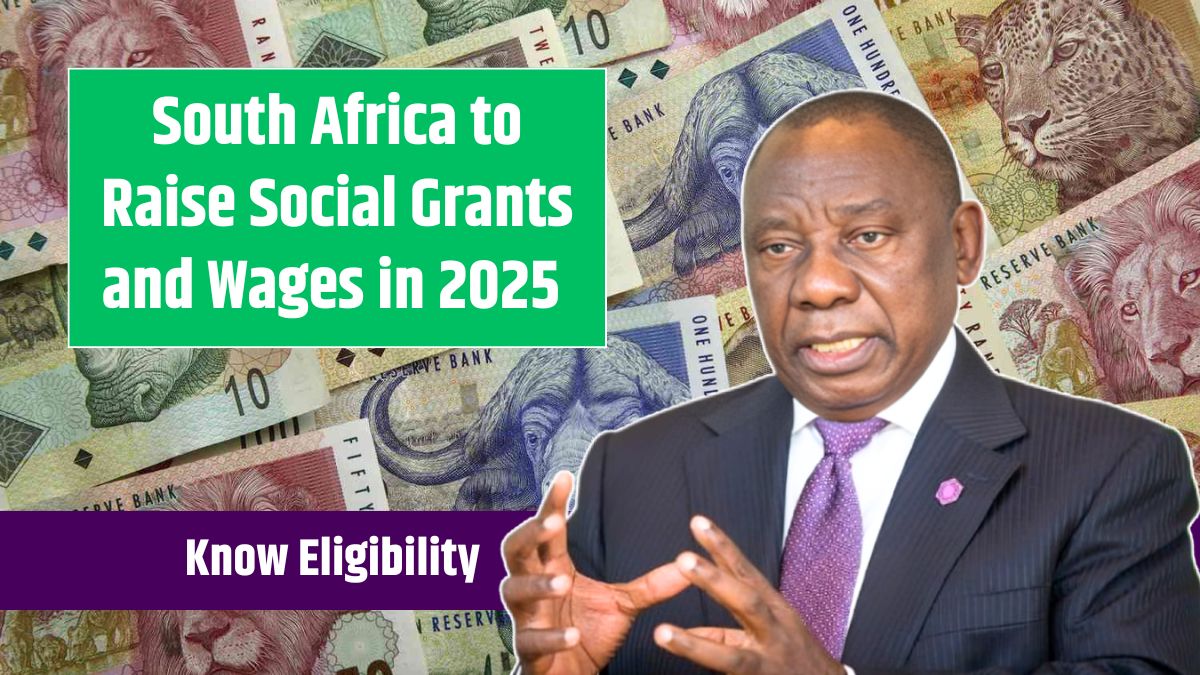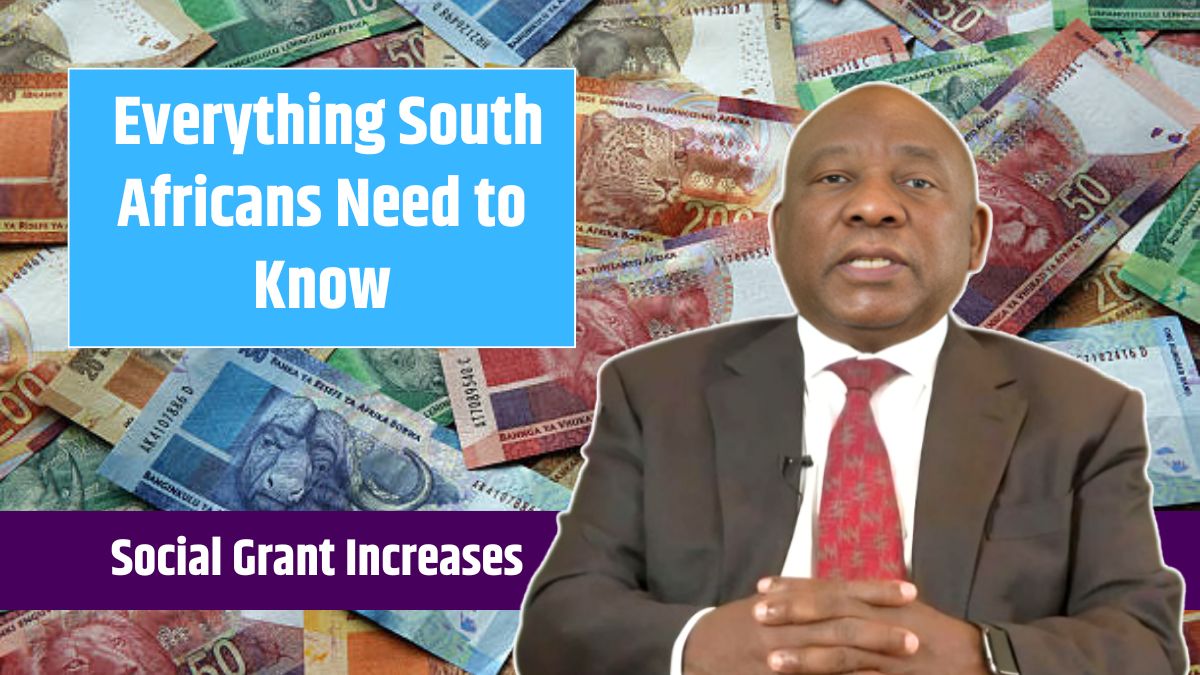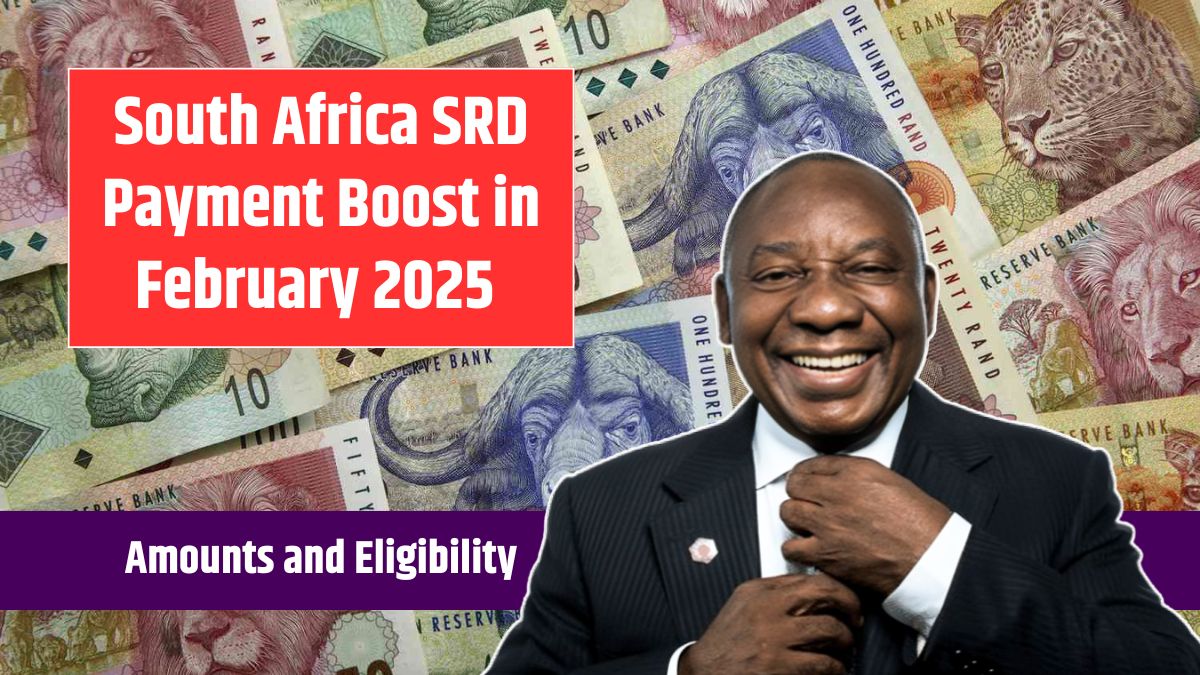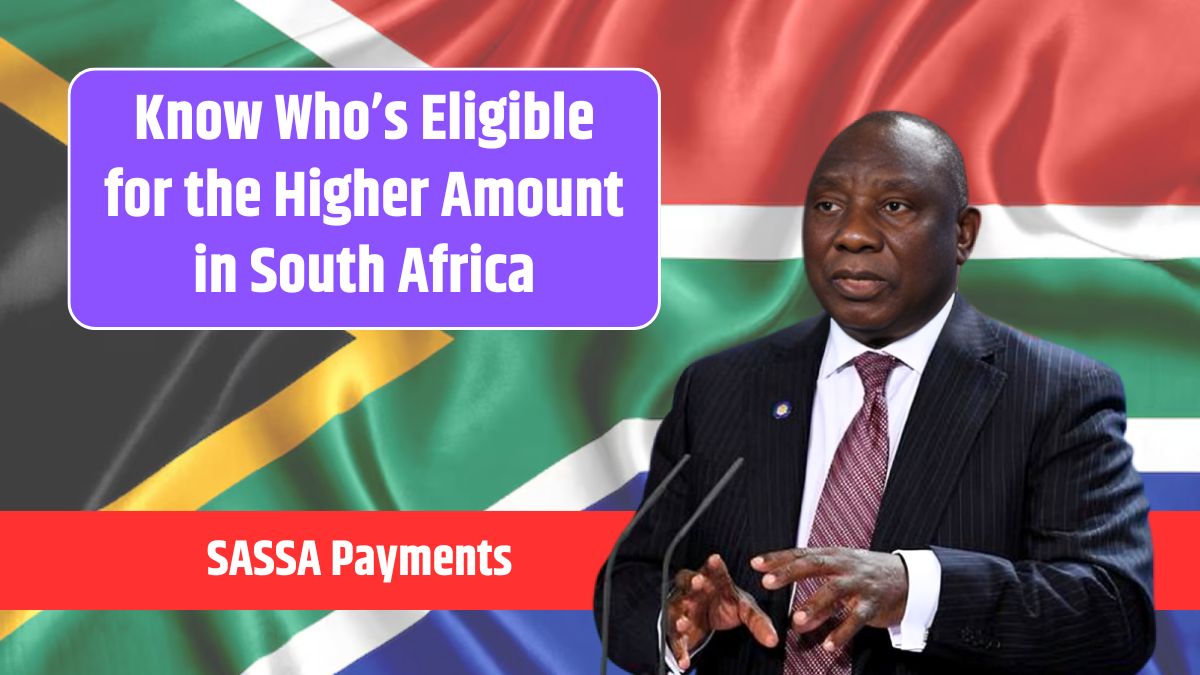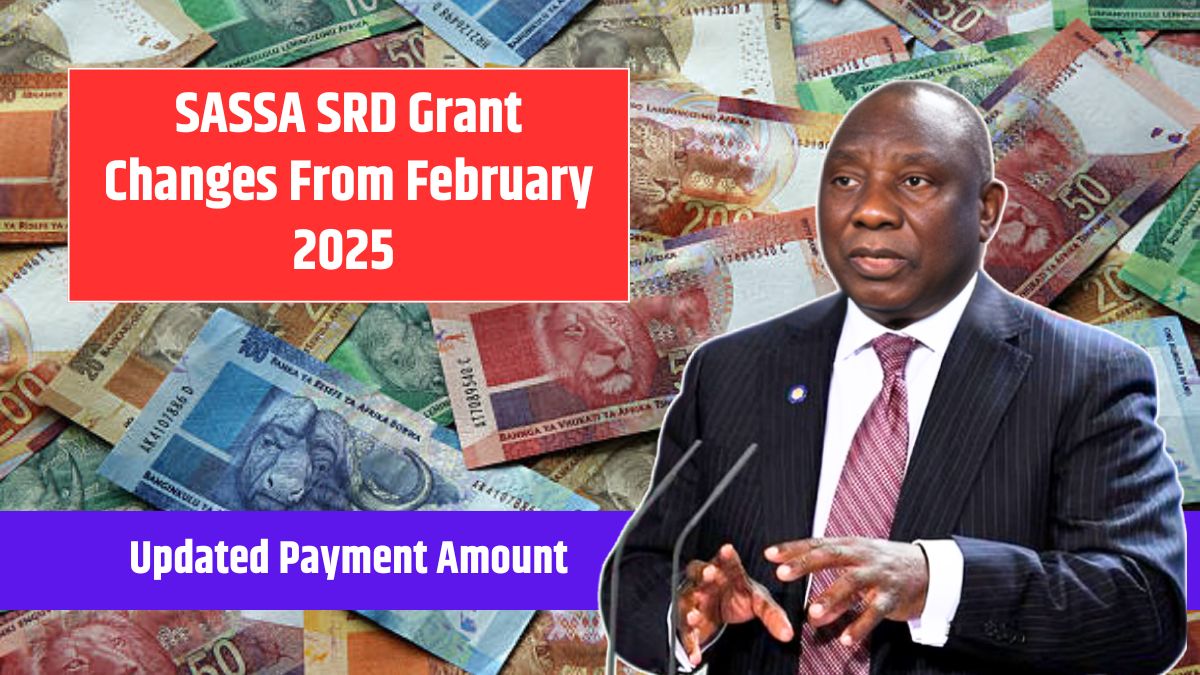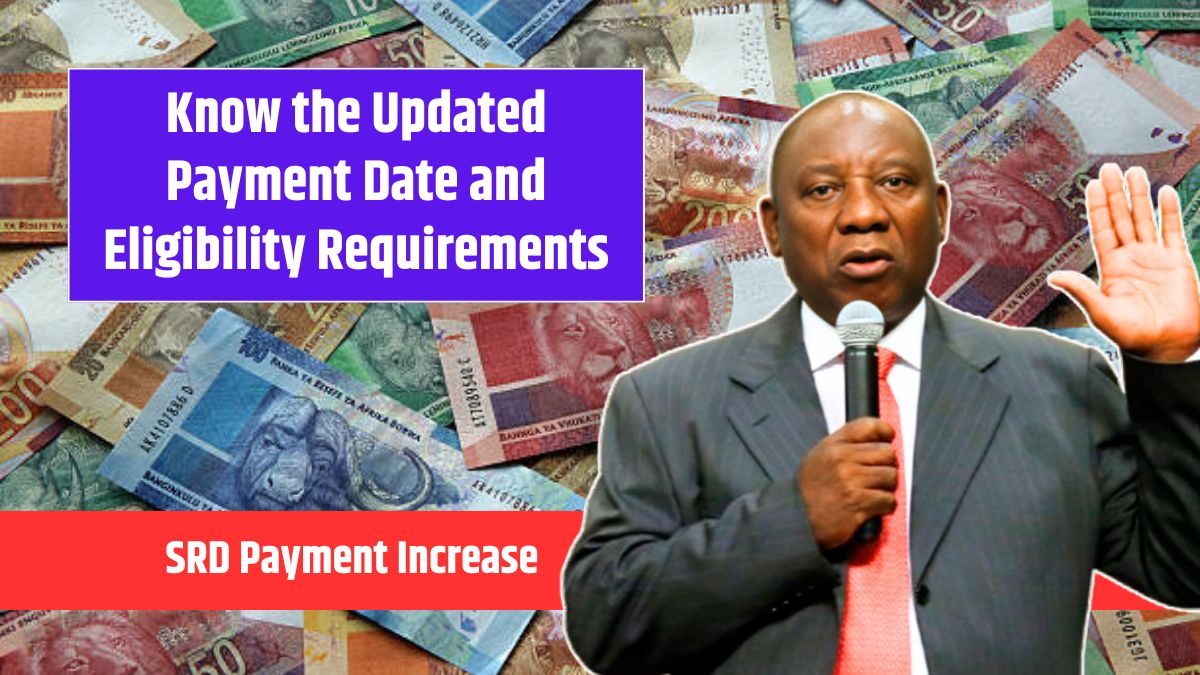South Africa will experience a 12.7% electricity tariff increase from April 1, 2025, following approval by the National Energy Regulator of South Africa (NERSA).
This hike affects households and businesses, raising concerns about energy costs but also encouraging energy efficiency and renewable energy adoption.
Knowing how this increase impacts you and what steps you can take to reduce electricity costs is essential. Below is a breakdown of the tariff hike, its effects, and practical solutions to manage rising expenses.
Increase
| Aspect | Details |
|---|---|
| Tariff Increase | 12.7% from April 1, 2025 |
| Future Increases | 5.36% in 2026/27, 6.19% in 2027/28 |
| Eskom’s Initial Request | 36% increase |
| Regulator Decision | NERSA approved a lower increase |
| Economic Context | Weak economy, cost-of-living crisis |
| Alternative Solutions | Renewable energy, energy efficiency measures |
| Official Source | NERSA Website |
While the approved 12.7% increase is lower than Eskom’s proposed 36%, it still adds financial pressure on consumers. However, strategic energy management can help reduce electricity costs.
Electricity Tariffs
NERSA regulates South Africa’s electricity pricing, balancing Eskom’s financial needs with affordability for consumers. Eskom’s reasons for requesting a 36% increase included:
- Rising operational costs – Higher fuel, maintenance, and labor expenses.
- Debt repayment – Eskom faces significant debt and requires more revenue.
- Infrastructure investment – Power plants, substations, and grid expansion require funding.
- Load shedding mitigation – Improving electricity reliability requires substantial investment.
NERSA approved a lower increase to ease the burden on households and businesses while ensuring Eskom remains financially stable.
Impact
- Higher monthly electricity bills.
- Increased costs for heating, cooking, and daily appliances.
- Greater motivation to invest in energy-efficient appliances and solar power.
For Businesses
- Increased operational costs, especially for industries reliant on electricity.
- Potential price increases for goods and services.
- Incentives to switch to renewable energy sources such as solar and backup generators.
A 12.7% hike means that for every R1,000 spent on electricity, consumers will now pay an extra R127 from April 2025.
How to Prepare
Cutting back on electricity use can offset rising costs. Simple steps include:
- Switch to LED lighting – Uses 80% less energy than traditional bulbs.
- Unplug unused devices – Appliances on standby still consume power.
- Use energy-efficient appliances – Look for Energy Star-rated devices.
- Install a geyser timer – Water heating accounts for a large portion of energy use.
Invest in Renewable Energy
With rising tariffs and ongoing load shedding, renewable energy is a cost-effective alternative.
- Solar panels – Reduce dependence on Eskom and provide long-term savings.
- Backup battery systems – Store energy for use during peak hours or power cuts.
- Wind energy – Suitable for areas with consistent wind speeds.
Manage Electricity Usage
Using smart meters and energy tracking apps can help identify high-energy consumption areas.
- Eskom’s MyEskom App – Provides real-time energy usage data.
- Home energy monitors – Devices like Sense Energy Monitor track power usage.
Alternative Tariff Plans
Eskom offers different tariff structures, including time-of-use tariffs, where electricity is cheaper during off-peak hours. Businesses and high-consumption households can shift energy-intensive activities to non-peak times to save money.
By adopting these energy-saving strategies, South Africans can minimize the financial impact of the electricity tariff increase.
FAQs
How much will electricity tariffs increase in 2025?
NERSA has approved a 12.7% increase starting April 1, 2025.
Why is Eskom increasing electricity tariffs?
Due to rising costs, debt repayment, and infrastructure upgrades.
How can I reduce my electricity bill?
Use energy-efficient appliances, switch to solar power, and track usage.
Will electricity prices increase again after 2025?
Yes, further hikes of 5.36% in 2026 and 6.19% in 2027 are planned.
Are there alternative power solutions?
Yes, solar panels, backup batteries, and wind energy can reduce costs.
